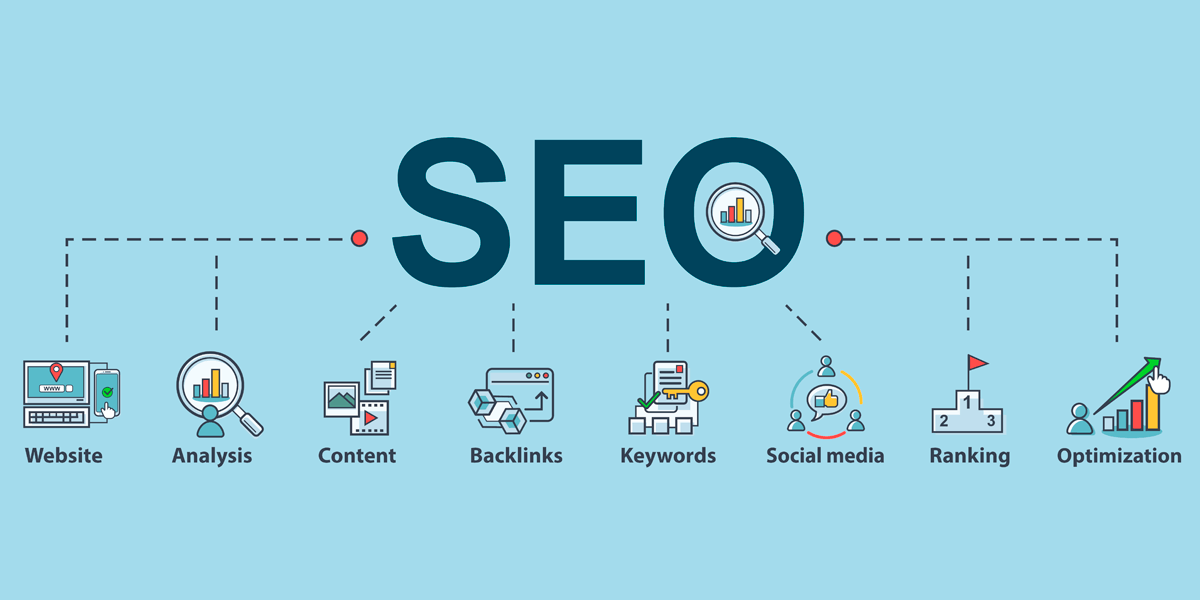Introducing Exemptions: Non-default Mediums and SEO in Google Analytics
Unveiling the Unconventional Mediums in Google Analytics Beyond Default Settings
In the world of digital analytics, Google Analytics stands as a foundation for companies seeking to comprehend their online presence. By venturing beyond the surface and diving right into the complexities of social media information, email campaign performance, reference website traffic resources, straight web traffic patterns, and customized channel groupings, a prize chest of info awaits those eager to welcome a much more nuanced method.

Leveraging Social Media Insights
Periodically neglected, yet immensely useful, is the practice of leveraging social networks understandings within the realm of Google Analytics. By incorporating data from systems like Facebook, Twitter, Instagram, and LinkedIn into Google Analytics, services can gain a deeper understanding of their target market and the effectiveness of their social media sites campaigns.
With this assimilation, online marketers can evaluate and track individual behavior on their web site that stems from social media systems. They can recognize which social media channels are driving one of the most traffic, which web content is resonating with the audience, and which campaigns are transforming the most leads. This insight enables for data-driven choices to maximize social media methods and improve overall advertising efficiency.
Furthermore, by combining social media sites insights with Google Analytics, services can produce extra targeted and individualized projects - what is not considered a default medium in google analytics. They can use market details, passions, and online actions collected from social media sites to improve their target market division and supply customized messages that reverberate with certain client teams. This targeted technique can cause higher interaction, enhanced conversions, and eventually, enhanced return on investment
Discovering Email Campaign Performance
Uncovering Email Project Performance involves assessing essential metrics and efficiency signs to review the efficiency of e-mail advertising and marketing initiatives. When diving into email project efficiency, it is important to evaluate metrics such as open rates, click-through prices, conversion prices, and unsubscribe prices. By analyzing these metrics, marketing experts can adjust their e-mail campaigns for far better engagement and performance.
Analyzing Reference Web Traffic Sources
After examining the performance of email projects with vital metrics such as open prices and conversion rates, the next crucial action is assessing referral traffic resources in Google Analytics to comprehend where web site visitors are originating from and how they engage with the website. Referral website traffic resources describe the websites that guide customers to your website via clickable web links. By delving right into this data, companies can gain understandings right into which exterior systems are driving traffic to their website, whether it be social networks systems, companion sites, or on-line directories.
Analyzing reference web traffic can provide valuable information on the effectiveness of exterior advertising and marketing initiatives and partnerships. It helps businesses recognize high-performing reference resources that contribute substantially to web site traffic and conversions. Moreover, by recognizing the habits of visitors coming from various recommendation sources, businesses can customize their advertising strategies to maximize interaction and conversions. Google Analytics uses comprehensive records on referral website traffic, enabling businesses to track the efficiency of each referral resource accurately and make data-driven decisions to boost their on the internet visibility.
Checking Out Direct Website Traffic Patterns
Exploring the straight traffic patterns in Google Analytics provides valuable insights into customer behavior and the effectiveness of campaigns - what is not considered a default Check This Out medium in google analytics. Straight web traffic describes site visitors who arrive at a web site by directly keying the URL into their internet browser, making use of bookmarks, or clicking untagged web links. Comprehending direct traffic patterns can help online marketers review the effect of offline marketing initiatives, brand name recognition, and the efficiency of word-of-mouth references
By delving right into straight traffic information, services can uncover important details about customer intent and brand name commitment. Analyzing the actions of straight site visitors, such as the pages they check out, the time invested in website, and the conversion rate, can provide a deeper understanding of user engagement and the overall effectiveness of the web site in transforming visitors into customers.
In addition, tracking direct website traffic patterns gradually allows companies to recognize patterns, seasonality results, and the success of certain campaigns or promos in driving direct brows through. This information can after that be utilized to improve advertising methods, maximize website content, and enhance the total individual experience to make the most of conversions.
Making Use Of Custom Network Groupings
Using customized network groups in Google Analytics enables services to categorize and examine their internet site traffic based upon particular standards, offering valuable insights like this for optimizing advertising and marketing approaches. Custom network groups enable firms to create their own tailored collections of traffic resources, such as social media, organic search, email campaigns, and referral web traffic. By specifying these collections, organizations can obtain a much deeper understanding of how various advertising and marketing networks add to their web site traffic and conversions.
This function is specifically beneficial for businesses with varied marketing methods throughout numerous platforms. For instance, a firm running both paid and organic social networks projects this contact form can separate between both to evaluate their individual performance properly. Additionally, personalized network groupings can help identify any overlooked or ignored website traffic resources that may be driving important involvement.
Verdict

By venturing past the surface area and delving into the intricacies of social media data, e-mail project performance, reference website traffic sources, straight website traffic patterns, and custom network groupings, a treasure chest of info awaits those ready to welcome a much more nuanced method. They can recognize which social media channels are driving the most traffic, which content is resonating with the audience, and which campaigns are converting the most leads.After reviewing the performance of email campaigns through vital metrics such as open rates and conversion prices, the next important step is assessing recommendation web traffic resources in Google Analytics to understand where website visitors are coming from and exactly how they engage with the site. Custom channel groups allow business to create their very own tailored groups of traffic resources, such as social media, natural search, email campaigns, and referral traffic. By leveraging social media understandings, uncovering email campaign performance, analyzing recommendation website traffic resources, checking out straight web traffic patterns, and making use of customized network collections, online marketers can get beneficial insights right into their on-line visibility.